
Spend on EV charging at home will exceed $16 billion globally in 2026 according to a new study by Juniper Research.
This is a huge growth from $3.4 billion in 2021, and is expected to be driven by the lower cost and convenience of home charging for EVs, rather than using public charging networks.
Juniper states that the lack of access to charging at home for urban residents is a major issue, ”but given EVs are currently high cost, the likelihood is that users will have access to off-street parking. The research recommended that home charging vendors and automotive manufacturers form partnerships to make home charging central to future EV transitions; given the fragmented availability and high costs of public charging networks.”
The new research, EV Charging: Key Opportunities, Challenges & Market Forecasts 2021-2026, found that by 2026, over 21 million households globally will charge using a home wallbox, from just 2 million in 2021. This reflects that, while public charging networks are growing rapidly in terms of access, home wallboxes will experience very strong growth over the next five years.
Research author Nick Maynard explained: “Home wallboxes are convenient and lower cost than alternatives, with the onus being on both car manufacturers and governments to support home charging roll-outs to secure the future of electric mobility.”
The research found that the global hardware revenue from home charging wallboxes will reach $5.5 billion in 2026, from just $1.8 billion in 2021. The bundling of home wallboxes will incentivise users to take up specific charging points at the point of vehicle purchase. The report recommended that EV charger manufacturers focus on partnerships with car manufacturers to accelerate adoption, or they will be overtaken by better-partnered manufacturers.
It also predicted that the global volume of EV charging sessions, where an EVs battery is charged using a charging point, will exceed 1.5 billion per annum in 2026, from just 200 million in 2021. Juniper predicts this growth will be driven by greater government incentives for electric vehicles, as well as more widespread charging service availability.





















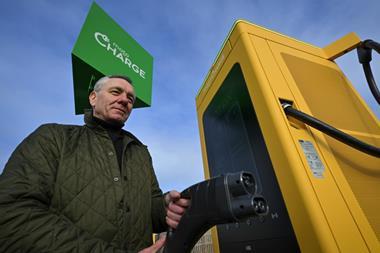
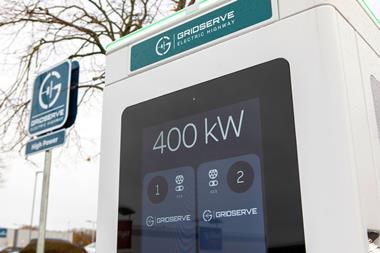

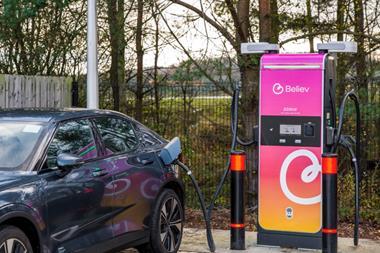
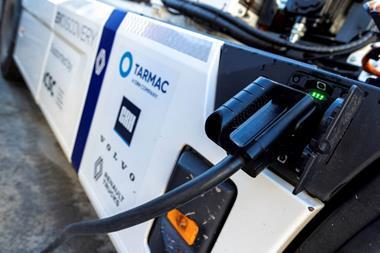
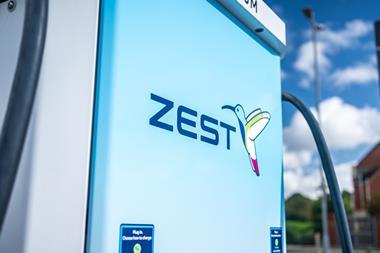






No comments yet